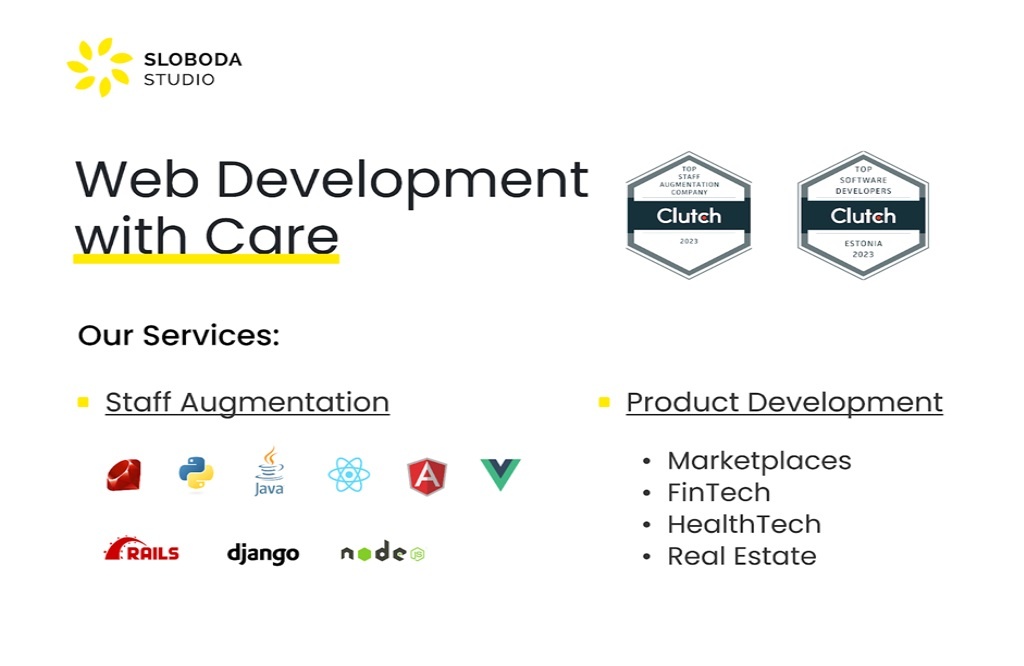The Bespoke Business Model: Developing Your Own Marketplace Platform
In today’s digital age, the concept of custom marketplace development has revolutionized the way businesses operate and connect with consumers. These platforms act as intermediaries, facilitating transactions between buyers and sellers in various industries. From e-commerce giants like Amazon and eBay to niche platforms catering to specific services or products, marketplaces have become an integral part of the modern business landscape.
The Significance of Marketplace Platforms
Marketplace platforms offer numerous benefits for both businesses and consumers.
For businesses, they provide access to a larger audience, reduced marketing costs, and streamlined operations.
Consumers benefit from a wide range of choices, competitive pricing, and convenient purchasing experiences.
As a result, marketplace platforms have witnessed exponential growth in recent years, disrupting traditional business models and creating new opportunities for innovation and entrepreneurship.
Market Analysis and Conceptualization
Identifying Market Needs and Target Audience
Before embarking on the development of a marketplace platform, thorough market research is essential. Understanding the needs and preferences of your target audience is crucial for designing a successful platform. By conducting surveys, analyzing market trends, and studying competitor strategies, businesses can identify gaps in the market and tailor their platform to meet specific demands.
Competitive Analysis and Unique Value Proposition
A comprehensive competitive analysis is necessary to differentiate your platform from existing alternatives. By identifying competitors’ strengths and weaknesses, businesses can identify opportunities for innovation and develop a unique value proposition. This could involve offering additional features, superior customer service, or targeting niche markets overlooked by competitors.
Planning Your Marketplace’s Structure and Revenue Model
The structure and revenue model of a marketplace platform are key considerations that directly impact its success.
Businesses must decide whether to operate as a peer-to-peer platform, a business-to-consumer model, or a hybrid of both.
Additionally, choosing the right revenue model, such as transaction fees, subscription plans, or advertising revenue, is crucial for sustainable growth and profitability.
Design and Technology
Key Design Principles for User Experience and Interface
The user experience (UX) and interface design play a pivotal role in the success of a marketplace platform. A clean, intuitive interface combined with seamless navigation enhances user engagement and encourages repeat usage.
Prioritizing mobile responsiveness and accessibility ensures a positive experience for users across various devices and platforms.
 Selecting the Right Technology Stack and Development Frameworks
Selecting the Right Technology Stack and Development Frameworks
Choosing the appropriate technology stack and development frameworks is essential for building a scalable and robust marketplace platform.
Companies like Sloboda Studio, with over 14 years of experience and expertise in Ruby on Rails, offer valuable insights and guidance in selecting the most suitable technologies for your project. Leveraging proven frameworks and industry best practices ensures efficient development and future scalability.
 Security, Compliance, and Payment Integration Considerations
Security, Compliance, and Payment Integration Considerations
Security and compliance are paramount when developing a marketplace platform, especially when handling sensitive user data and financial transactions. Implementing robust security measures, such as encryption protocols and authentication mechanisms, safeguards against potential breaches and instills trust among users.
Seamless payment integration with trusted payment gateways enhances convenience and fosters trust between buyers and sellers.
Building and Launching Your Platform
Development Strategies: Agile vs. Waterfall
When it comes to development strategies, businesses need to choose between agile and waterfall methodologies based on their project requirements and objectives.
Agile methodologies, characterized by iterative development and continuous feedback, are well-suited for dynamic marketplace projects requiring frequent updates and adaptations.
In contrast, waterfall methodologies follow a sequential approach, suitable for projects with clearly defined requirements and timelines.
Testing, Quality Assurance, and User Feedback
Thorough testing and quality assurance are essential stages in the development process to ensure the functionality, performance, and security of the marketplace platform.
Conducting rigorous testing, including usability testing, regression testing, and security testing, helps identify and rectify any issues before launch. Incorporating user feedback throughout the development cycle allows for iterative improvements and enhances the overall user experience.
Launch Strategy and Initial User Acquisition
A well-defined launch strategy is crucial for gaining traction and attracting initial users to the marketplace platform. Leveraging marketing tactics such as social media campaigns, influencer partnerships, and targeted advertising helps generate buzz and drive traffic to the platform.
Offering incentives such as promotional discounts or referral programs encourages early adoption and fosters user engagement.
Growth and Scalability
Marketing Tactics for Marketplace Growth
Continued growth and expansion are essential for the long-term success of a marketplace platform. Implementing effective marketing tactics, such as search engine optimization (SEO), content marketing, and email campaigns, helps attract new users and retain existing ones. Leveraging data analytics to track user behavior and preferences allows for targeted marketing strategies and personalized experiences.
Managing Operations and Customer Service
Efficient operations and responsive customer service are critical for maintaining user satisfaction and loyalty. Implementing automated processes for order management, inventory tracking, and customer support streamlines operations and enhances efficiency. Providing prompt and helpful customer service, through channels such as live chat, email, and phone support, builds trust and fosters positive relationships with users.
 Scaling Your Platform: Technical and Operational Readiness
Scaling Your Platform: Technical and Operational Readiness
As the marketplace platform grows, scalability becomes a primary concern for businesses. Ensuring technical scalability through cloud infrastructure, load balancing, and scalable databases allows the platform to handle increasing user traffic and data volumes.
Operationally, scaling involves expanding resources, optimizing workflows, and adapting strategies to accommodate growing demand and maintain performance levels.
Future Trends and Adapting to Change
Innovations in Marketplace Technology
The landscape of marketplace technology is constantly evolving, driven by advancements in artificial intelligence, blockchain, and augmented reality. Embracing emerging technologies enables businesses to stay ahead of the curve and deliver innovative solutions to meet evolving user needs.
Incorporating features such as personalized recommendations, virtual shopping experiences, and decentralized marketplaces enhances the competitiveness and relevance of the platform.
Leveraging Data Analytics and AI for Enhanced User Experience
Data analytics and artificial intelligence offer valuable insights into user behavior, preferences, and trends, empowering businesses to make data-driven decisions and personalize user experiences. By analyzing user interactions, predicting purchasing patterns, and optimizing recommendations, businesses can enhance engagement, increase conversions, and drive revenue growth. Implementing AI-powered chatbots and virtual assistants further improves customer service and fosters user satisfaction.
Preparing for Future Challenges and Opportunities
While marketplace platforms present immense opportunities for growth and innovation, they also pose challenges such as increased competition, regulatory compliance, and technological disruptions.
Staying agile and adaptable in the face of change is crucial for navigating future challenges and seizing new opportunities. Investing in ongoing research and development, fostering strategic partnerships, and staying abreast of industry trends ensures the continued success and relevance of the marketplace platform.
Final Thoughts
Developing a bespoke marketplace platform requires careful planning, strategic execution, and ongoing adaptation to market dynamics. By focusing on market analysis, design, technology, and scalability, businesses can create a robust and competitive platform that meets the needs of users and stakeholders.
Embracing innovation, leveraging data-driven insights, and prioritizing user experience are key factors in driving growth and success in the evolving marketplace landscape.
With the expertise and guidance of experienced development partners like Sloboda Studio, businesses can embark on their marketplace journey with confidence and realize their vision for a thriving digital marketplace.
